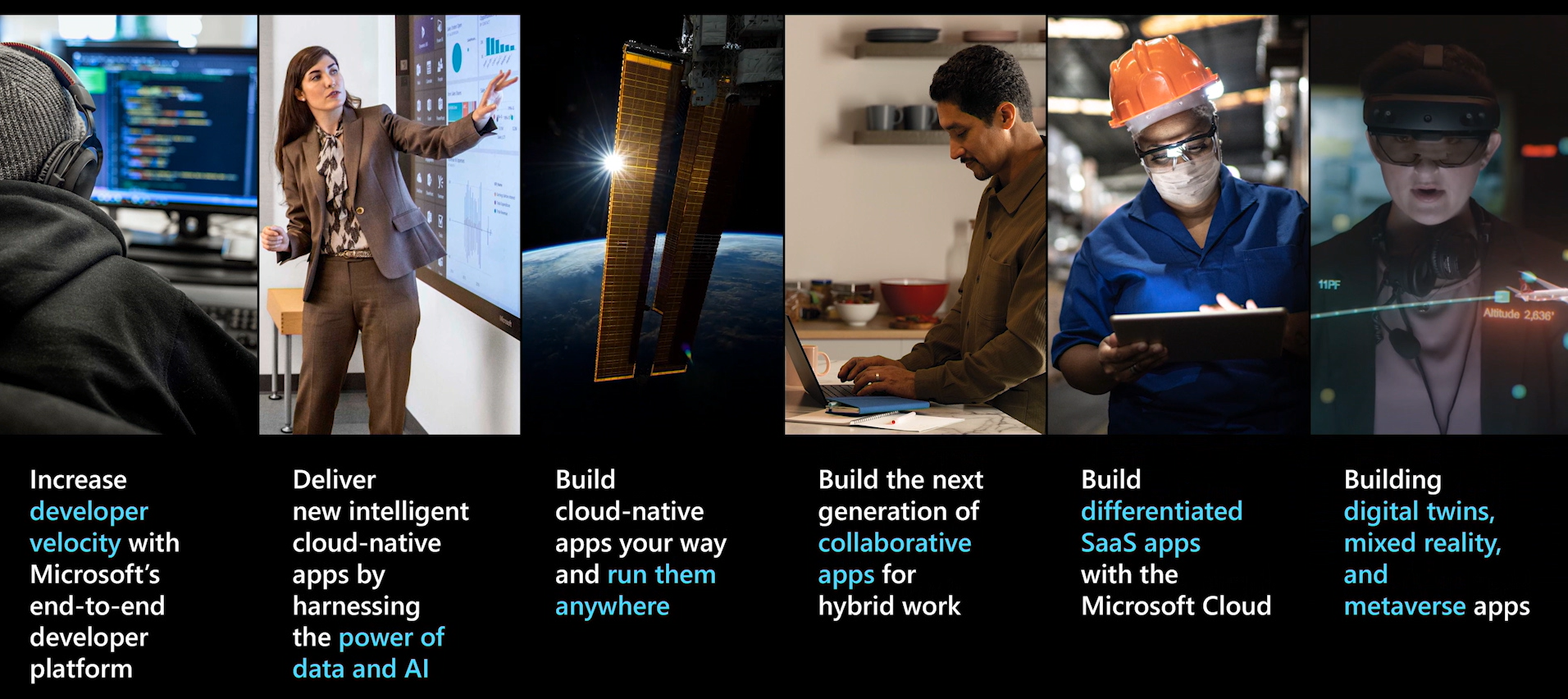From Conversation to Code (Power App):
Now Power Apps can turn conversation like sentences to code using GPT-3, the powerful language model developed by OpenAI. The idea behind this to solve the main problem of its citizen developers. The main target user for Power Apps is domain users, who have little or no coding experience. This is the main driver behind adding this feature to the Power Apps. With this, they are now empowered to develop solution using Power Apps by using human statements.
Want to learn more? From conversation to code: Microsoft introduces its first product features powered by GPT-3 – The AI Blog
Background:
Power FX was announced earlier this year as a low-code language. The language has been around for some time now, it’s just now that it has been given a name. The language is based on Microsoft excel. The reason everyone loves the Excel formulas is that they are simple to write, almost like statement, and requires no compiling.
GPT-3 is the short form of Generative Pre-trained Transformer 3 (GPT-3). This is an auto-regressive language model that has the capacity of 175 billion machine learning parameters. Before this, the largest language model was Microsoft’s own Turing NLG, with the capacity of 17 billion parameters. GPT-3 can generate such high quality texts that it is extremely difficult to distinguish if this was written by a human. This was one of the risks that the original paper had voiced.
Build Cloud Native apps that run anywhere
Microsoft announced the preview capabilities of Azure application services to run on Kubernetes and anywhere across Azure, on-premises, AWS, and Google Cloud. Any Cloud Native Computing Foundation (CNCF)-conformant Kubernetes cluster connected through Azure Arc is now a supported deployment target for Azure application services. The Azure’s application service that are targeted with this announcement are primarily the ones that are part of the new modern technologies like microservices, containers, Kubernetes, serverless functions, and APIs that customers and developers use. These include:
- Azure App Service
- Azure Functions
- Azure Logic Apps
- Azure Event Grid
- Azure APIM
One thing to keep in mind that these environments outside of Microsoft Azure need to be connected with Azure Arc. There are 2 more announcements that Microsoft had made earlier this year and today and they are:
Data and AI announcements on Microsoft Azure
- Database related announcements:
- Azure SQL Database’s ledger capability, in preview, provides cryptographic verification for sensitive records.
- Azure Synapse Link for Microsoft Dataverse provides immediate insights from Microsoft Dynamics 365 and Microsoft Power Platform applications
- Cosmos DB announcements: Azure Cosmos DB has become the go-to database to power the highly scalable and performant mission-critical application.
- Azure Cosmos DB serverless is now generally available for all APIs. Serverless charges are only for the resources consumed, making it a great deployment option for applications with spiky traffic patterns.
- Azure Cosmos DB integrated cache is now in preview. Integrated cache optimizes costs and boosts performance for read-heavy workloads by up to 96 percent and 300 percent, respectively.
- Always Encrypted for Azure Cosmos DB is now in preview. Always Encrypted enables developers to encrypt sensitive data inside their client application before it gets stored in their database.
- Azure Cosmos DB role-based access control (RBAC) is now generally available. RBAC enables administrators to define roles with specific rules and apply the roles to Azure Active Directory (Azure AD) profiles to determine access level.
- Database related announcements:
- Announcements related to Azure AI
- Azure Applied Services: The key idea here is that people are looking for simplistic way of implementing AI into their apps and services. For example: some time back, Power Automate team launched “AI Builder” into its list of services. This was targeted towards automating manual forms processing primarily apart from other services like text translation, language detection, sentiments analysis, etc. These all were natively provided by Azure Cognitive services.
Azure Applied AI Services brings such services together into a new product category. As per the documentation – Applied AI Services solve the most common challenges we’re seeing businesses face today, such as processing documents, scaling customer service, searching proprietary archives for pertinent information, analyzing content of all types, and creating accessible experiences. Without having AI expertise, development teams can build AI solutions that meet these needs faster than ever before with Applied AI Services.
The category includes:
- Azure Form Recognizer
- Azure Metrics Advisor
- Azure Cognitive Search
- Azure Bot Service
- Azure Immersive Reader.
A product Azure Video Analyzer is being introduced as well, which will brings Live Video Analytics and Video Indexer closer together. With this, now developers can extract actionable insights, whether stored or streaming.

If you liked the article, share it with your friends and colleagues. You can also send a “Thank you” note by buying me a coffee. Buy Me a Coffee

